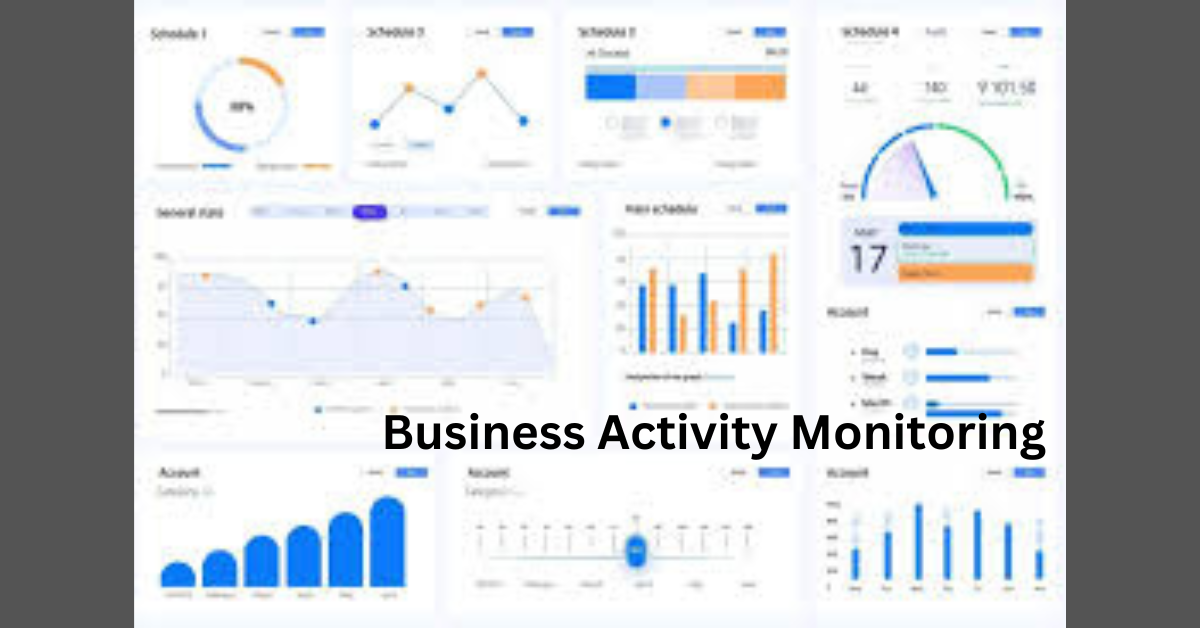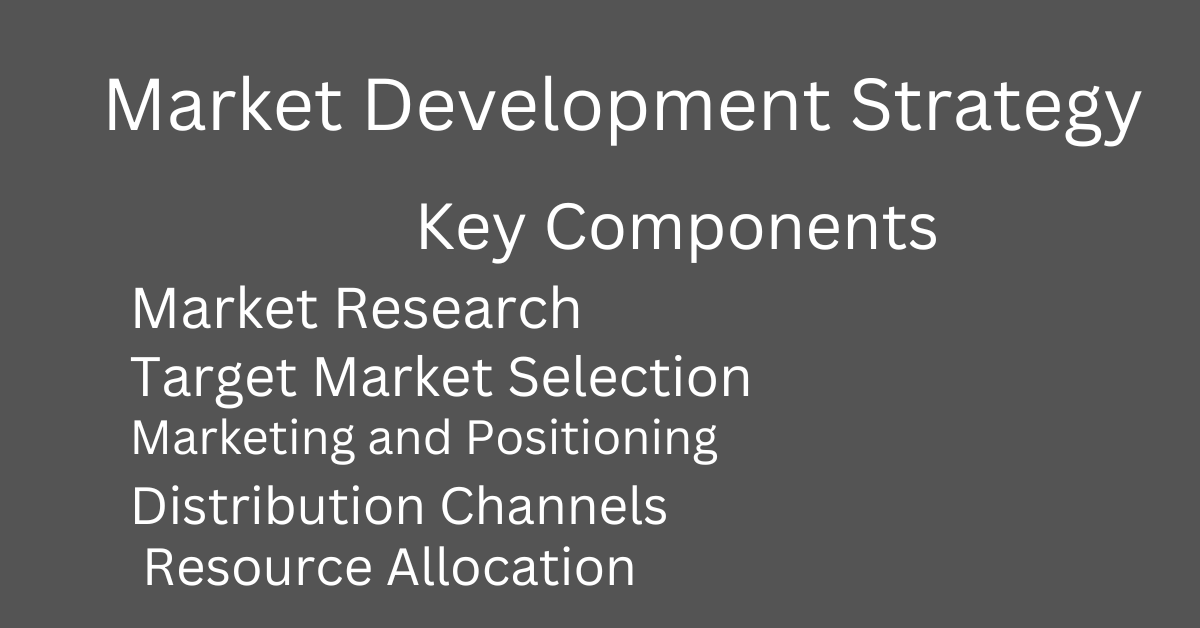Business Activity Monitoring: An In-Depth Guide

1. What is Business Activity Monitoring (BAM)?
Business Activity Monitoring (BAM) refers to the real-time tracking of business processes and activities to provide timely information on the performance and health of an organization. BAM tools allow companies to monitor various business operations across multiple departments, systems, and platforms to identify inefficiencies, bottlenecks, and opportunities for improvement.
The core purpose of BAM is to deliver actionable insights and alerts by visualizing key performance indicators (KPIs) and metrics that reflect the state of business operations. It collects data from different business systems, processes it, and presents it in an understandable format, often through dashboards or reports.
2. Importance of BAM in Modern Businesses
As businesses continue to evolve and integrate complex systems, managing and monitoring their activities becomes increasingly challenging. BAM addresses these challenges by offering a solution that provides real-time visibility into operations. Some of the key reasons why BAM is important include:
- Real-time Monitoring: Business processes can be monitored in real-time, allowing organizations to take immediate action if issues arise.
- Enhanced Decision-Making: With access to up-to-date information, business leaders can make more informed decisions, leading to better outcomes.
- Increased Efficiency: BAM helps identify areas where processes may be slowing down or not working as intended, allowing for immediate improvements.
- Competitive Advantage: Companies that can quickly respond to changes in their business environment gain an edge over competitors.
By using BAM, organizations can proactively manage their business processes, anticipate problems, and ensure smoother operations.
3. Key Components of BAM
A successful Business Activity Monitoring system typically comprises several components, each playing a vital role in delivering comprehensive monitoring capabilities:
- Data Collection: The first step in BAM is gathering data from various business systems, such as enterprise resource planning (ERP), customer relationship management (CRM), and supply chain management systems. This data can come from several sources, both internal and external.
- Data Processing: After collecting the data, BAM systems process it to identify trends, performance metrics, and KPIs. This processed data is essential for generating meaningful insights and alerts.
- Visualization Tools: BAM uses dashboards and reports to present information in an easy-to-understand format. These tools help users interpret complex data and track performance metrics effectively.
- Alerting System: One of the most critical features of BAM is the alerting system, which sends notifications in case of deviations from expected performance or when an issue arises.
- Integration: BAM systems need to integrate seamlessly with other business systems, such as ERP, CRM, and supply chain systems, to provide a complete view of business activities.
4. How BAM Works
BAM typically functions by continuously collecting data from various systems and processes within an organization. The steps involved include:
- Data Extraction: BAM extracts data from different business processes and systems, often using APIs or direct database access.
- Data Analysis: The extracted data is analyzed in real-time to determine if any performance metrics are outside predefined thresholds.
- Alerts and Notifications: If any anomalies are detected, BAM sends alerts to relevant stakeholders, allowing them to take corrective action.
- Data Visualization: Dashboards and reports present the analyzed data in a visual format, showing trends, performance indicators, and potential bottlenecks.
- Continuous Monitoring: The BAM system continues to monitor the business processes, updating dashboards and sending alerts as new data becomes available.
Through these steps, BAM ensures that organizations have the information they need to respond to changes or problems in their operations quickly.
5. Benefits of Business Activity Monitoring
Implementing a BAM system offers several advantages to businesses of all sizes. Some of the primary benefits include:
- Improved Operational Efficiency: By providing real-time visibility into business processes, BAM helps identify inefficiencies and enables organizations to optimize workflows.
- Faster Decision-Making: With real-time data and alerts, decision-makers can respond more quickly to issues or opportunities, preventing delays and improving outcomes.
- Proactive Problem-Solving: BAM systems allow businesses to anticipate and resolve potential issues before they escalate, reducing downtime and improving overall performance.
- Enhanced Customer Satisfaction: By ensuring that business processes are running smoothly, BAM helps organizations deliver better customer experiences, ultimately leading to higher satisfaction.
- Reduced Risk: BAM helps monitor compliance and detect any deviations from standard procedures, reducing the risk of non-compliance or operational failures.
- Better Resource Allocation: Businesses can use BAM data to understand how resources are being utilized and reallocate them as needed to improve productivity.
6. Implementing a BAM System
The implementation of a BAM system requires careful planning and consideration to ensure that it meets the organization’s needs. Here are some steps to consider when implementing BAM:
- Identify Key Business Processes: Determine which business processes are critical to your organization and need to be monitored.
- Select Appropriate KPIs: Choose the key performance indicators that will give you the best insight into the health of your business activities.
- Choose a BAM Tool: There are various BAM solutions available, so select one that integrates with your existing systems and meets your business needs.
- Set Alerts and Thresholds: Establish alerts and thresholds for different KPIs, so you can receive notifications when performance falls below expectations.
- Train Users: Ensure that the team responsible for using the BAM system is trained to interpret data, use dashboards, and respond to alerts effectively.
Conclusion
Business Activity Monitoring is an essential tool for modern organizations, enabling real-time visibility into business processes and activities. BAM empowers businesses to enhance efficiency, improve decision-making, and respond to issues before they escalate.





